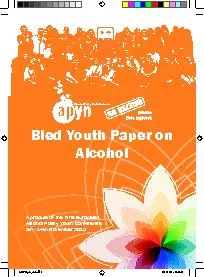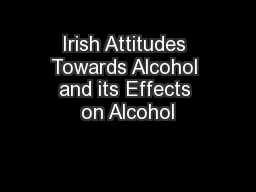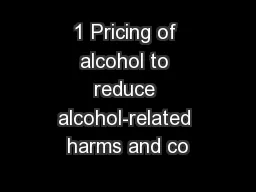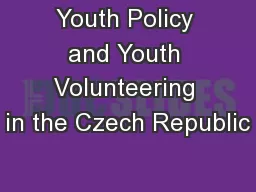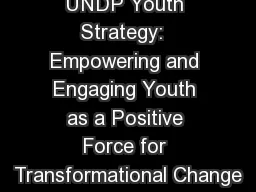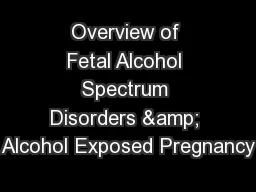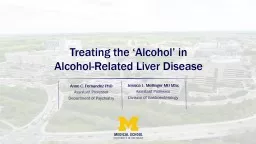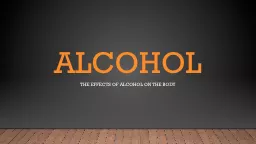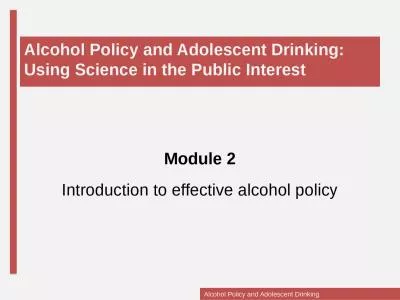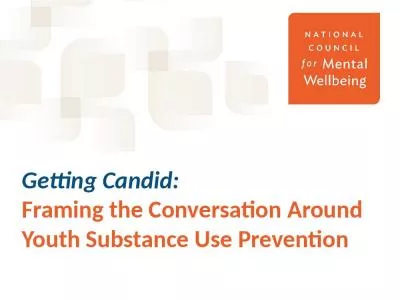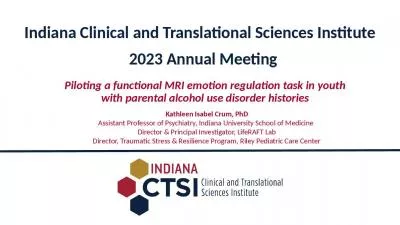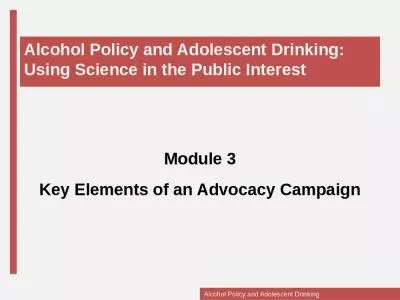PDF-Alcohol Policy Youth Network
Author : kittie-lecroy | Published Date : 2016-02-24
Bled Youth Paper on A product of the First European Alcohol Policy Youth Conference 8th 14th November 2012 EAPYCpuba5indd 1 20130510 111031 Editor Jan PelozaAuthors
Presentation Embed Code
Download Presentation
Download Presentation The PPT/PDF document "Alcohol Policy Youth Network" is the property of its rightful owner. Permission is granted to download and print the materials on this website for personal, non-commercial use only, and to display it on your personal computer provided you do not modify the materials and that you retain all copyright notices contained in the materials. By downloading content from our website, you accept the terms of this agreement.
Alcohol Policy Youth Network: Transcript
Download Rules Of Document
"Alcohol Policy Youth Network"The content belongs to its owner. You may download and print it for personal use, without modification, and keep all copyright notices. By downloading, you agree to these terms.
Related Documents

